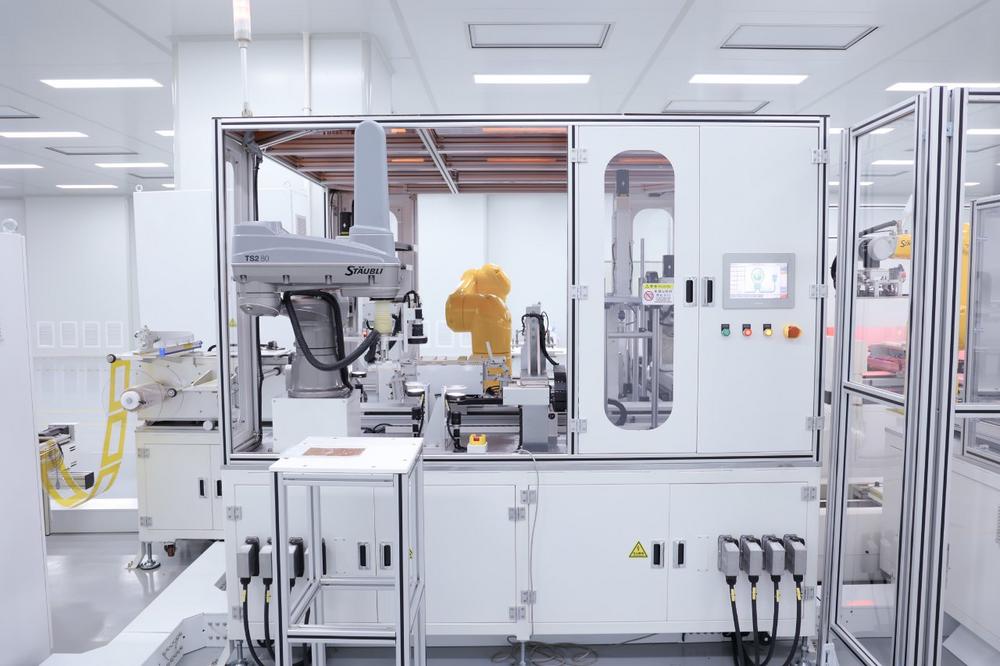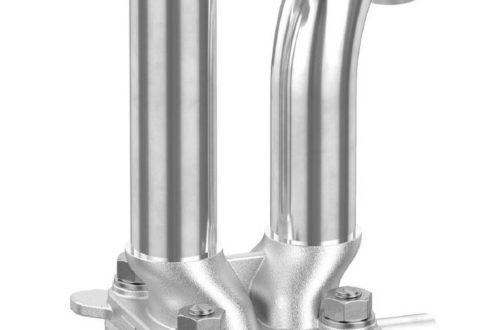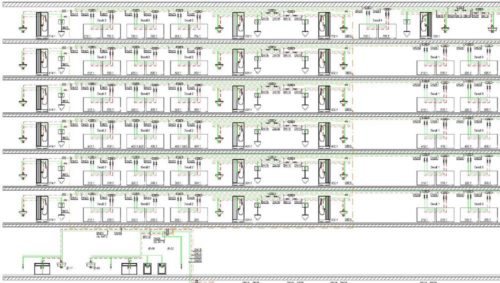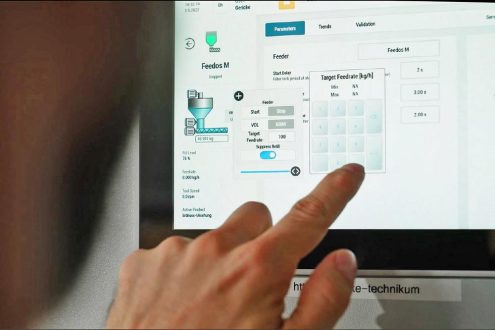
From films and foils to stack: Automated production of fuel cells
Will the fuel cell be the energy source of the future, in stationary and mobilility applications? For many experts worldwide, the answer is a clear “Yes”, and the current switch to a hydrogen infrastructure will facilitate the breakthrough of this environmental-friendly and compact – and, not, to forget, well-proven – technology to generate electric current.
The Palcan Group is pushing forward this trend. Founded in Canada in 1998, the company merged with the Boyuan Fuel Cell (Shanghai) Co., Ltd. in 2016. Since then, it has invested in modern production and R&D sites in the Chinese cities of Suzhou (R&D), Changzhou (Product Service) and Cixi (Production), striving to build an independent and complete operation system from technology research and development, product pilot test, mass production to product testing.
Manufacturing a complete range of cell components
The company has successfully developed a variety of methanol reforming hydrogen fuel cell systems with different powers for diversified markets. It has independently mastered the technology and manufacturing process of the core components such as stacks, bipolar plates, and reformers in the field of MR (methanol reforming) hydrogen production and high-temperature PEM (Proton-Exchange Membrane) fuel cells.
In China, the company’s "methanol reforming hydrogen production and hydrogen-electric hybrid fuel cell system" won the first prize of ministerial-level scientific and technological invention. With the continuous development of the market, it can replace diesel and gasoline generators in the future, with strong competitive advantages and broad market prospects.
But it has to be considered that each fuel cell stack consists of a high number of thin and costly materials with sensitive surfaces. This means large-scale production is a real challenge. Nevertheless, in the beginning of 2021, Palcan has started to build methanol reforming fuel cells (MRFC) in the new production site in Cixi (Zhejiang province). The facility covers an area of 33 acres and has fully automated production lines for bipolar plates, membrane electrodes, stack assembly and high-temperature fuel cell systems.
Membrane electrode assembly: handling under aggressive conditions
In the membrane electrode assembly (MEA), Stäubli robots play an important role. Liu Zhikang, Production Line Director: “Carbon paper sheets are part of the MEAs. After the sheets are cut, super-sprayed and sintered, a Stäubli six-axis robot TX2-90 transports the sheet to the position which is required for assembly.”
Another component of the stacks, PBI (Polybenzimidazole) films, have to be soaked in strong acid environment (pH >2) without any corrosion or damage of the handling equipment. Here, a Stäubli SCARA robot TS2-80 HE is used to handle the films. The “HE” stands for “Humid Environment”. This means the meticulously sealed housing protects the robot against the penetration of water or chemicals. It also means a very high level of corrosion protection.
When sheets and foils are stacked, a second six-axis robot TX2-90 moves the stacked MEA into a laser cutting machine. Thanks to its high performance, the robot not only performs this task precisely, but also with impressive dynamics.
Cell stacking: fast and precise
In the following process of stack assembly, two Stäubli TS2-80 with a rated load of 2.4 kg each handle the stacks. Here, too, Stäubli robots set standards. During this process, the speed of arm reaches a cycletime of just 0.8 seconds, with a precision of +/- 0.01 mm. Liu Zhikang: “Due to this combination of speed and precision, we are able to assemble a complete stack in one hour which is extremely fast considering the number of components per stack.”
This line was designed by a renowned system integrator. This company not only develops and builds complex production lines, but also complete turnkey manufacturing sites for fuel cells and for the lithium-ion batteries that are used for electromobility.
With these robot-assisted lines, a continuous ramp-up has been and will be possible. The yearly target is 50,000 units. This will be achieved with the production line being continuously upgraded and expanded.
A benchmark production line
Palcan´s production line in Cixi is a real premiere, as Liu Zhikang explains: “In the field of high-temperature fuel cells, these are the first automatic production lines both for membrane electrodes and for stacks. The lines have quickly become a benchmark production line model. The robots work in a strong acid environment, with fast speed, high precision and enclosed structure, with high availability and scalability.”
The positive experiences with this solution have already led to follow-up projects. Currently, the Palcan Group is preparing its Guangxi Nanning project, aiming to build a hydrogen energy industry base with an annual output of 12GW.
The project plans to cover a total area of more than 214 acres. Here, Stäubli robots will be used as well. All in all, the plant engineers of Palcan reckon that they will have demand for Stäubli six-axis and SCARA robots for the further automation of existing production lines at several sites and also for completely new production lines.
Yu Yiwen, Brand and Supply Chain Director of the Palcan Group: “The Stäubli robots ensure operation accuracy and stability. They greatly reduce breakage rates and reduce production cost. Furthermore, during this first co-operation, the Stäubli team gave us many professional suggestions and solutions. In the future, there will be definitely a broader space for co-operation.”
More information about The Palcan Group: Company History-Palcan Energy Corporation
Text by: Industrie Kommunikation Högel
Stäubli is a global provider of mechatronics solutions with four dedicated activities: Electrical Connectors, Fluid Connectors, Robotics and Textile. We are an international group operating in 29 countries and represented in 50 countries on 4 continents. Our global workforce of over 5,700 employees is committed to maintaining a collaborative relationship with customers in nearly every industry to provide comprehensive solutions and long-term support. Originally founded in 1892 as a small workshop in Horgen/Zurich, CH, Stäubli is today an international group with headquarters in Pfäffikon, Switzerland.
https://www.staubli.com/de/en/corp.html
About Stäubli Robotics
Stäubli Robotics is a leading global player in robotics, consistently delivering engineering as effective and reliable as our service and support. A complete solutions provider for digitally networked production, Stäubli offers a broad range of 4- and 6-axis robots including robotic arms designed specifically for sensitive environments, autonomous mobile robots, driver-less transport systems (AGVs) and cobots for human-robot collaboration.
Robotic automation for industrial applications | Stäubli (staubli.com)
https://www.linkedin.com/company/staubli-robotics/
Stäubli Tec-Systems GmbH Robotics
Theodor-Schmidt-Str. 19/25
95448 Bayreuth
Telefon: +49 (921) 883-0
Telefax: +49 (921) 883-3244
https://www.staubli.com/de/de/robotics.html
Manager of Marketing and Division Business-Marcom
Telefon: +49 (921) 883-3212
E-Mail: s.koban@staubli.com
![]()




